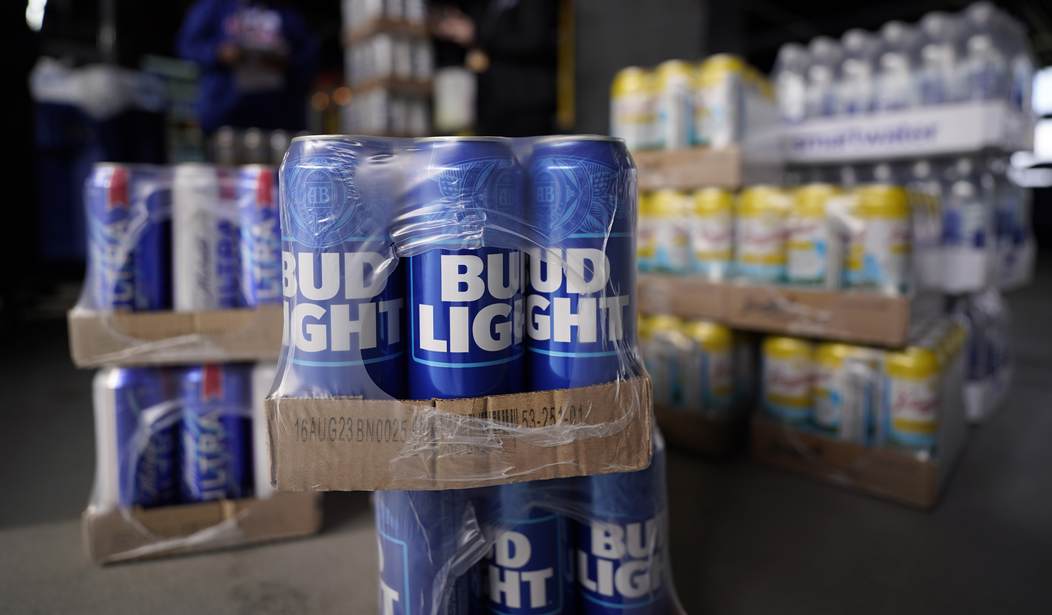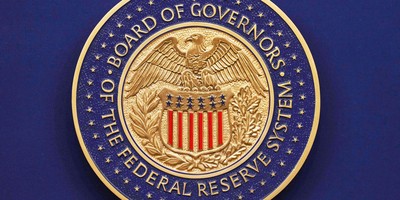The Bud Light debacle that has unfurled this spring has been a fascinating development to watch, for several reasons. The obvious social implications are one component, with the remarkable market reaction taking this vaunted brand to plummeting levels. But there is also fascination as someone with a cocktails/drinking column and as someone with former bar management and beer industry experience. To see the decades-long top-selling label relegated in such a thorough fashion is jarring to witness.
Since the Dylan Mulvaney debacle that foamed up on April 1, I have, for a couple of months, been watching the anecdotal examples of this effect anytime I have made a tavern foray. I have seen differing results depending on the location, but things really struck me on a recent jaunt I made southward to the Florida Keys. Going down-island took me out of my region and offered a new perspective on how widespread this repudiation of the brand has become. While on one of the upper Keys, I stationed myself in a locals bar (the aversion to eye contact was the giveaway) and fell into a discussion with the bartender.
At the mention of Bud Light, he gave a resigned shake of his head, evidence of how this has been a long topic of conversation in his place. Once I explained the purpose of my curiosity, he opened up a bit and told me the reaction has been stark. “Have never seen anything like this before,” he told me regarding the way many of his longtime drinkers moved from the beer basically overnight. Then for effect, he turned sideways and raised a hand toward his modest draft setup, with half a dozen beers.
“We had to take it off of our taps. I can’t remember the last time we did not have it on draft in here. But that stuff just stopped selling entirely.” Going further, he said they used to go through at least four or five kegs of Bud Light a week; they’d burn through maybe two on weekdays, and then at least as much on weekends. He explained the last keg they had needed to be taken off because it ended up going out of date. “And that one was still at least half full.” Then he revealed something more surprising.
Recommended
The pub lord told me how significant it was to take Bud Light off his draft system – he has direct family that works for the local beer distributor. After my surprise, I asked how they felt about his move, and he explained with a wave that they totally understood, as he was hardly the only bar to make such a move. (As a sign of appeasement, he did put on a Michelob Ultra tap. “It’s doing…well enough, I suppose…” he reported.) But this reality was both revealing and sparked more interest.
I reached out to a contact with another A-B InBev distributor – keeping things anonymous – to get some more insight as to how they are handling things and what they are experiencing. I was initially surprised when I first asked how they were holding up, and got the explanation that everything was going fine. Well now, that was unexpected, and I wondered if they were working in a rare pocket of the beer industry where they had not been affected. Then the details came out, and I understood both their position and how dire things have become for the brewer.
I first asked if they experienced the drop off in their region that was reported taking place, almost immediately, nationwide in April. This rep told me that in March, their personal sales were up 15% over the same month in 2022, but April saw a drop of -17%. That is about as clear of a cause-effect spreadsheet as you can get.
Harkening to what the bartender said about pulling off a half keg, I asked if they have had to eat a lot of product since April; one aspect on the sales side is that reps usually are accountable for any stock that goes past its born on date. I suspected this could be harsh, or even devastating for sales reps on a volume scale. “Nah, not for me,” the rep told me. “The brewery has been taking back any out-of-code stock.” Then they told me an even more surprising move.
When I asked, cautiously, how they are surviving this massive downturn, they calmly said it really has not affected them. This is because A-B InBev is covering any loss of sales. “What the company is doing,” went the explanation, “is taking my figures from this time last year and making up any of the difference.” I pondered this for a moment. There are hundreds of privately owned A-B distributors across the country, and a large amount of those employees are commissioned. This expenditure of covering the losses of the sales has to be monumental, and it compounds the loss of sales company-wide. Bud Light alone has been seeing 20-30% weekly drops of late, and the customer flight is affecting the other brands as well.
I believe I let out a somewhat vulgar response to this information. “But think about it, “ my contact detailed. “They basically have to do this, or else they’ll see much of the sales force walking away. That would cause even bigger losses, then you have the expense to hire new staff and train them, and any managers who leave as well would be an even bigger issue.” I thought it through and gathered this probably was the lesser of two wounds to endure.
But still, this is an enormous financial hit for the brewer. A-B InBev is in the position right now of first needing to stop the bleeding, and then facing the long road of trying to build back the brand to a level of acceptance with the beer-drinking marketplace. Meanwhile, I have noticed a growing advertising footprint for Pacifico in my market. It seems clear one stopgap measure is to try to tap into the interest in Modelo. Anything that stops the hemorrhaging at this stage is worth the effort for A-B InBev.
























Join the conversation as a VIP Member